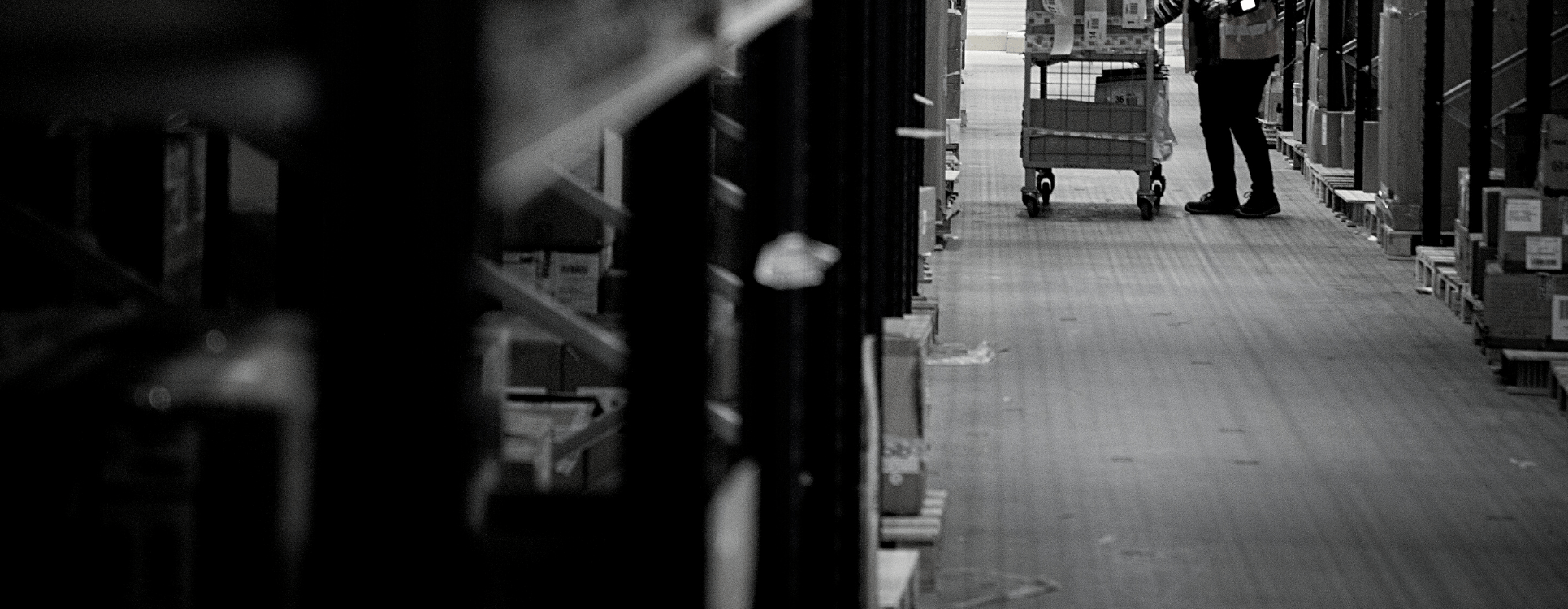2021 is quickly approaching its end. It has been a difficult year for the e-commerce industry, but there has been an impressive increase in online sales. At the same time, the COVID-19 pandemic affected the entire global supply chain, causing problems from manufacturers to logistics warehouses and even to final consumers, who received their orders late. The beginning of 2022 is expected to be at least as difficult for e-commerce traders.
However, there is some good news: the global economy is reopening, and consumers are spending more. Global demand for both physical and online sales has increased in the last year. In the European Union, a similar trend can be seen, with retail sales increasing by 3.2% in September 2021 compared to the same month the previous year (Eurostat), with Germany, France, the United Kingdom, and Italy being the main markets. Also this year, one of the market’s benchmarks for e-commerce sales is about to be surpassed; there are currently over 500 million e-commerce users. It is also expected that the penetration rate will reach nearly 60%. Furthermore, the online retail industry is expected to reach nearly 800 billion euros (Statista).
We are currently in peak season, which is typically the busiest season of the year in the e-commerce and logistics industries. It starts with Black Friday and Cyber Monday and culminates with the Christmas season. The pandemic has not only had an impact on demand and volume from online sales but has also highlighted the fragility of the global supply chain. This has resulted in a number of challenges in recent months, as well as the need for better training from online retailers and logistics professionals in the future.
Transportation costs are rising
The imbalance in goods production and demand caused by countries suddenly entering isolation at different times has resulted in increased competition in each of the local markets. Competition is usually a good thing for customers – the more options you have, the higher your chances of getting better prices in the end – but that does not appear to be the case this time. Because of rising demand, container shortages, and highly saturated ports, transportation capacity has been squeezed. As a result, some industry experts predict that prices will not fall significantly too soon. Furthermore, the rising cost of fuel will continue to have an impact on transportation costs.
Tips: If you run an online business, negotiating prices and terms with carriers can be difficult, especially in these uncertain times. However, by partnering with a 3PL company, you can benefit from their bargaining power, the network of partners, and significantly lower prices.
Lack of stock and materials
Due to the supply chain crisis, online customers can expect to receive quite a few messages announcing that the product they are looking for is sold out by the end of 2021, and the main “culprits” are considered couriers and couriers companies, according to an Adobe Analytics study.
When compared to last year’s figures, e-commerce marketers anticipate a 172% increase in these types of messages this holiday season (Adobe Analytics). There are also several product categories that are more likely to face a stock shortage because they are some of the most popular and purchased items each year during the Christmas season:
- Accessories and fashion;
- Sports equipment;
- Baby toys and products;
- Electronics.
Tips: You’ve probably encountered this stock issue before. If you haven’t been able to stock up for this Christmas, it’s a good idea to keep a detailed record of the products in stock on your store’s website. During this time, you should also think about how you package your customers’ products. Given that we are in the midst of the gift-giving season, this can be a great way to strengthen your relationship with your customers, by providing them with an unforgettable unboxing experience.
Delays in deliveries
In addition to receiving messages about the unavailability of specific products during this period, online shoppers may also experience longer delivery delays. Finally, all of the aforementioned issues will have an impact on shipping and delivery times, much to the annoyance of customers. As a result, the main issues at the moment are rather related to production and logistics. In other words, manufacturers and carriers face the most direct issues in this segment, namely a lack of materials due to blockages in the main hubs (ports, airports, truck loading, etc.). This can have an impact on your store’s relationship with customers, so try to reduce order delays as much as possible.
Tips: If you have consistently met customer expectations and met delivery deadlines, we recommend that you communicate honestly with them and proactively notify them of any delays in delivery. Constant communication with buyers, as well as regular order status updates, can be a short-term solution. You can, for example, add a visible banner to the front page of your online store. Offering different delivery options and carriers can help you reduce shipping delays in the long run.
Conclusion
One thing is certain: 2021 was a year full of events that posed a number of challenges to our society’s fundamental structures, revealing the types of problems that have yet to be overcome. However, the difficulties have resulted in new opportunities.
As a result, getting your online store ready for the new year is critical, and one of the first steps you can take is to think about outsourcing e-fulfilment services. By doing so, you can later focus on growing your business and developing your main activity – selling products.


